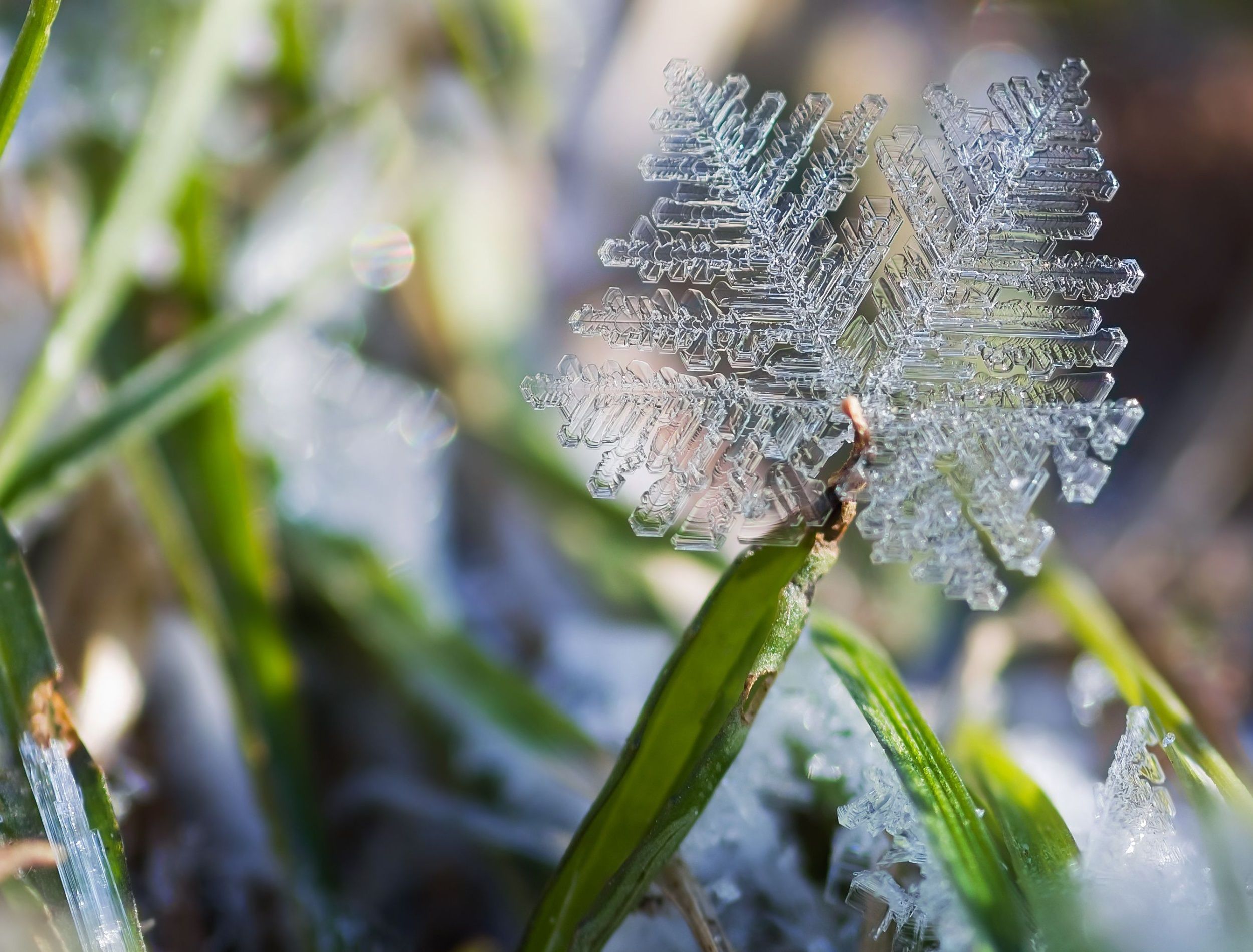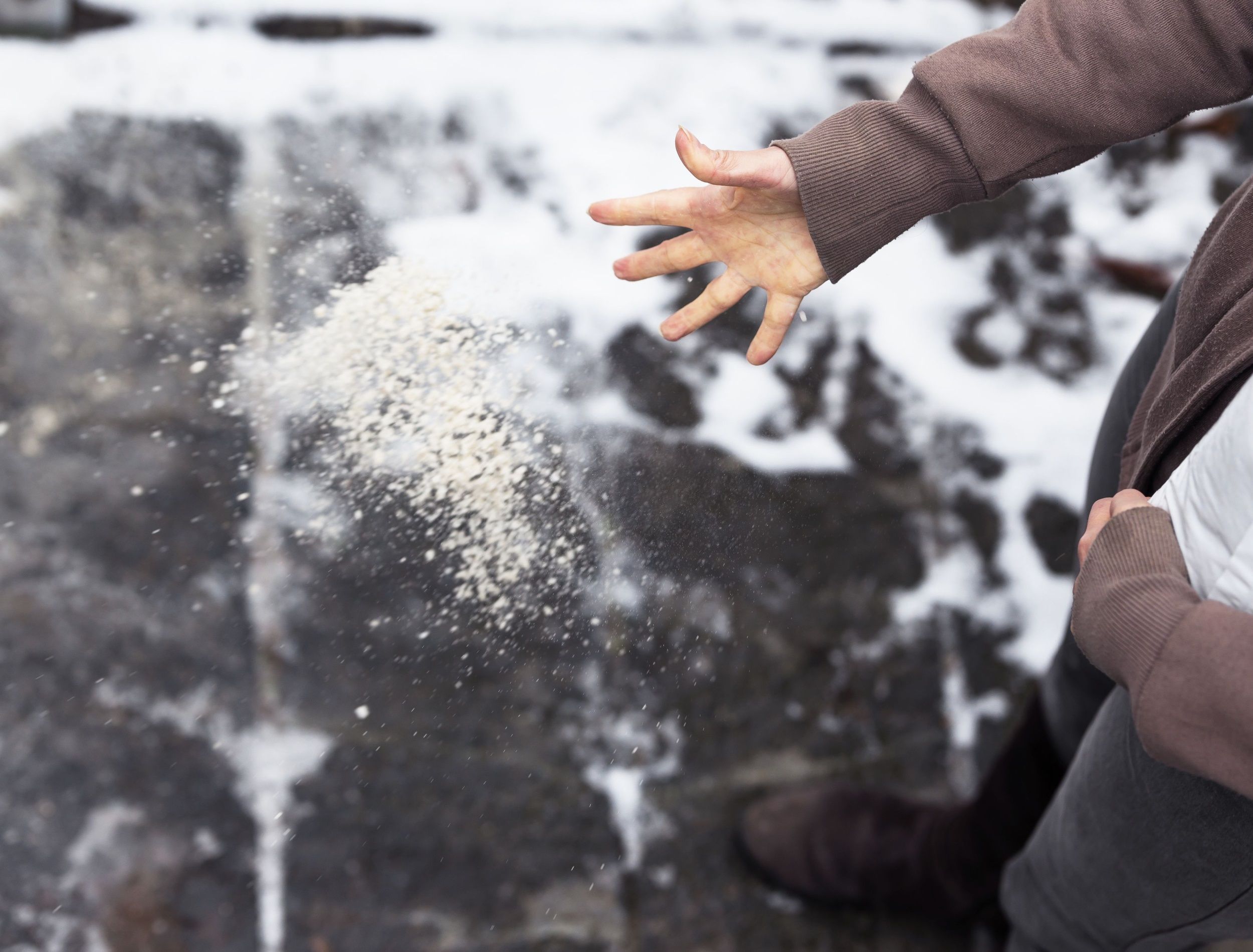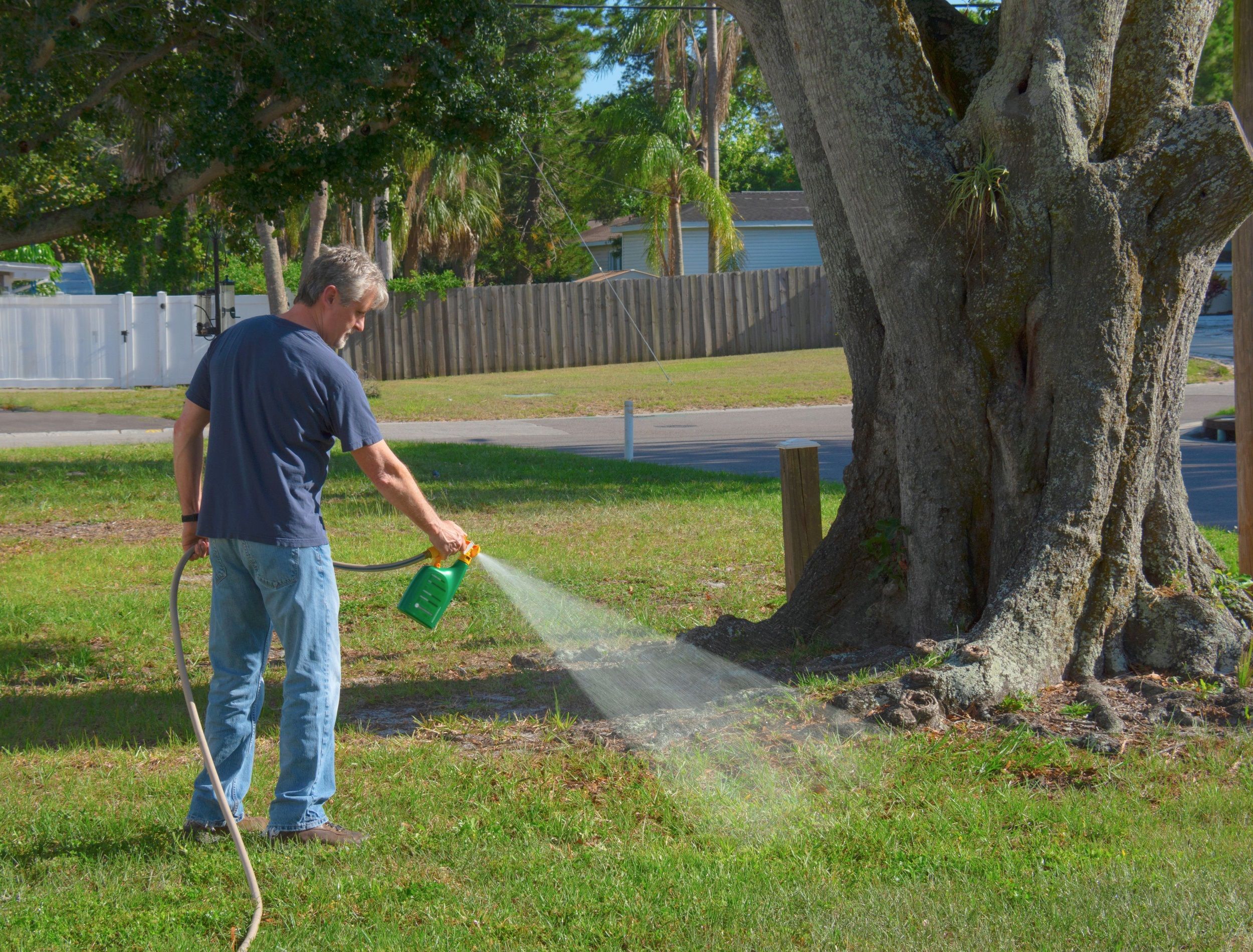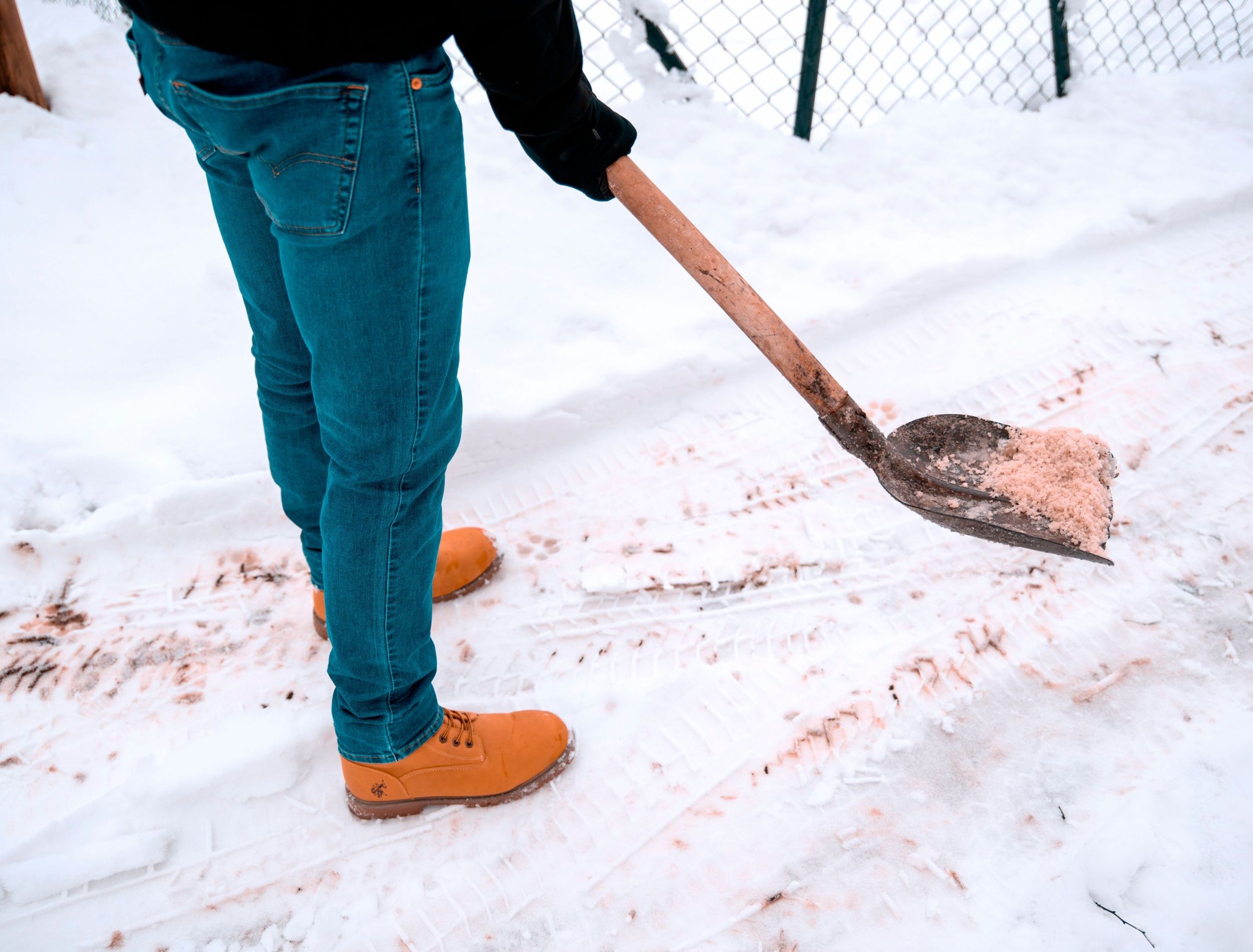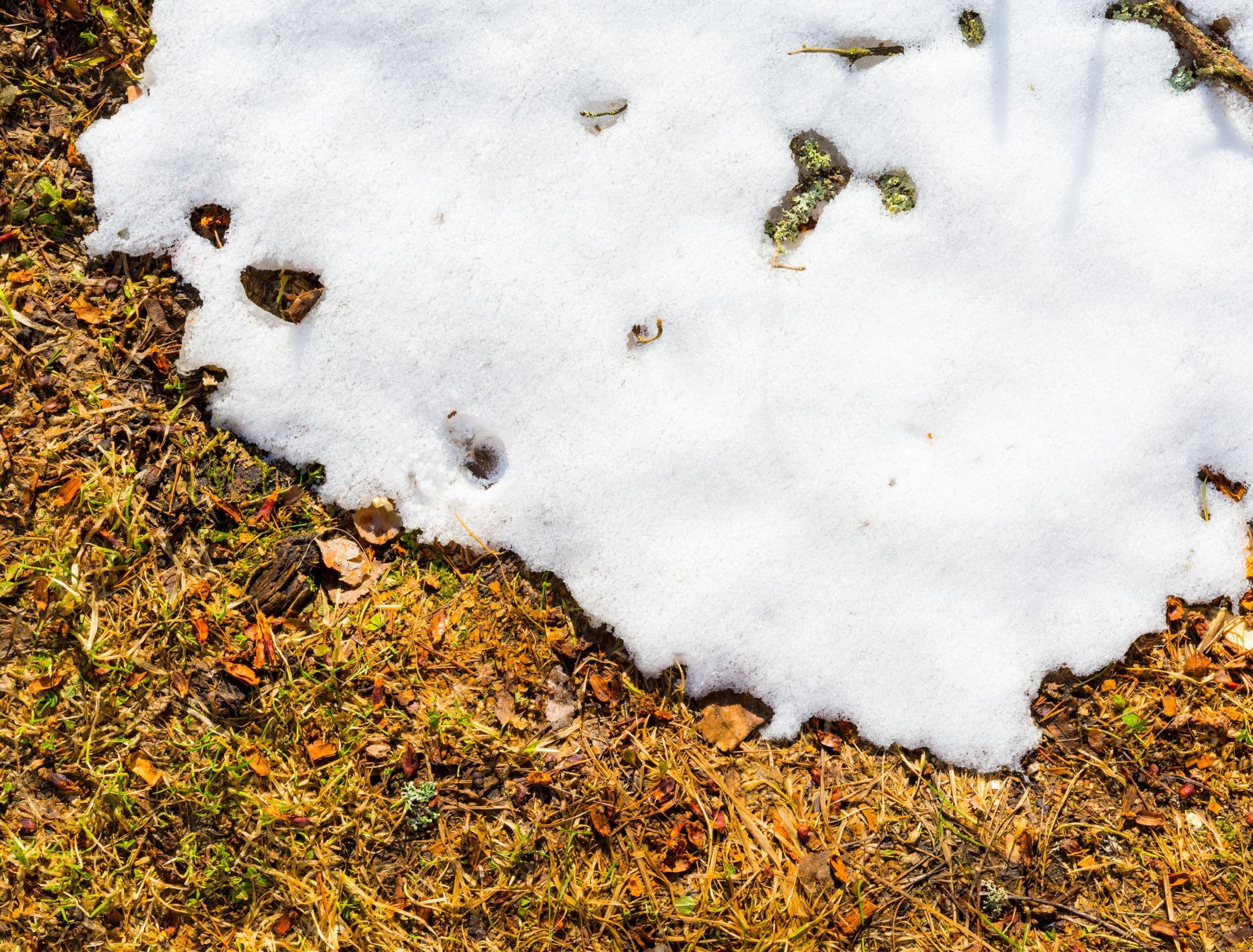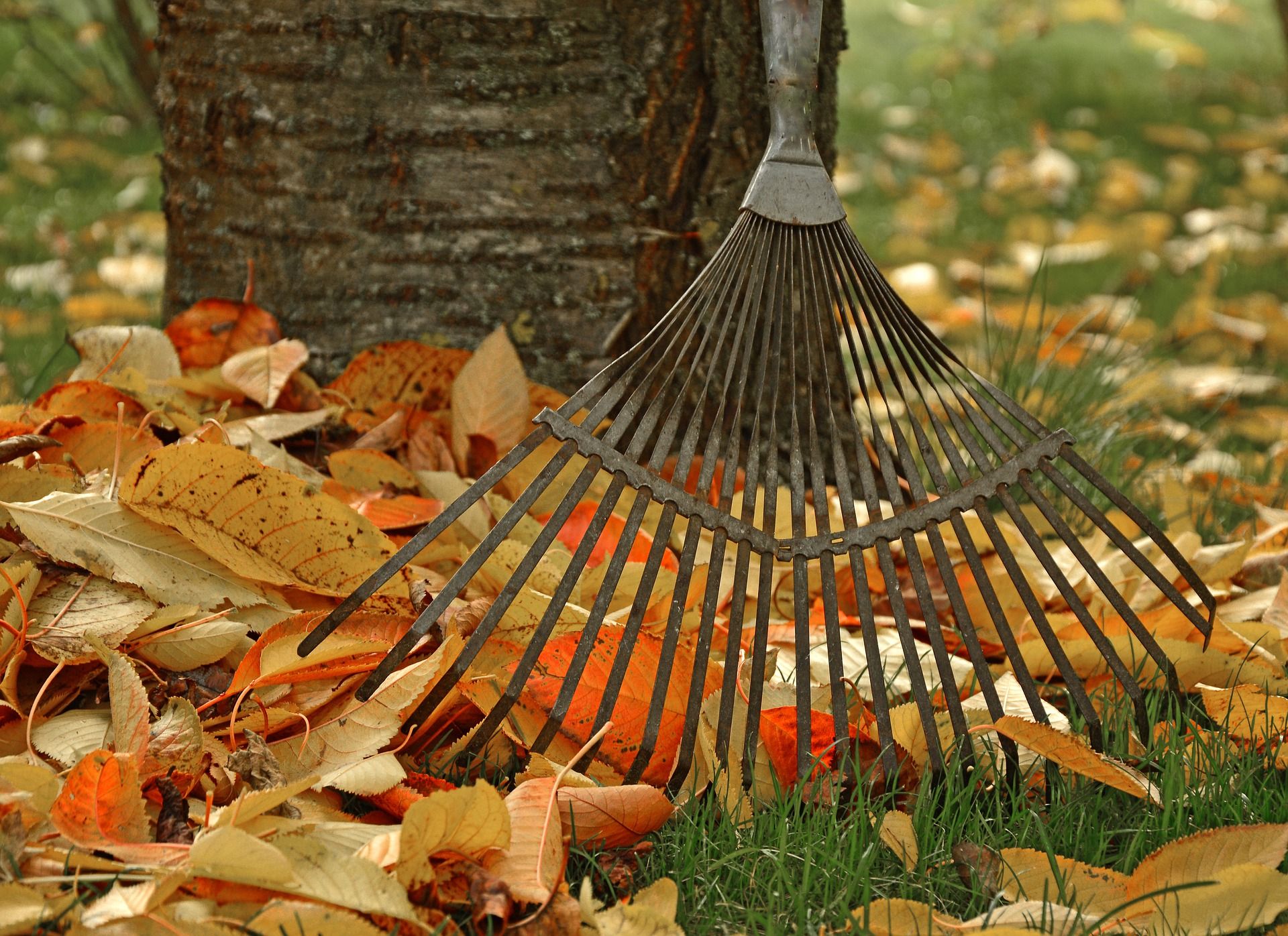While winter is generally a time of rest when it comes to lawn care, maintenance is still necessary. Although you don't need to mow or weed as often (or at all), there's things you can do to keep it healthy during the cold months.
Though turf grass tends to go dormant in cool winter temperatures, you need to provide the proper nutrients and seeds. If you take the proper steps to protect your lawn during the cooler season you won't have to worry come spring. Below, you'll discover the top tips to caring for your lawn in winter. You'll also find the tools you need to get the job done right, ensuring you've got a lush, healthy, and full lawn come spring and summer.
Tools You'll Need
Image credits: Miriam Doerr Martin Frommherz via Shutterstock
To properly care for your lawn in winter, there's a few tools you'll need. Find the essentials listed below.
- Aeration tool
- Lawn fertilizer
- Lawn seed
- Rake
- Snow shovel
- Lawn mower
- Watering hose
Aerate and Fertilize
Image credits: Michael O'Keene via Shutterstock
Aerating is essential to grass health and it is best done in fall when the grass has time to recover. Aeration is a good way to reduce compaction, allowing nutrients, water, and air to penetrate the soil and reach the roots of the grass. Avoid aerating when the turf is dormant as this can do more harm than good.
Fertilizing cool season grasses, such as Bermuda and bluegrass, in late fall or early winter is the perfect way to prep your yard with nutrients so you can see lush, green growth by spring. It's important to note that you should never fertilizer a snow covered lawn. Be sure to pay attention to freeze predictions for your area so you can fertilize before temperatures drop. Otherwise, the plants are unable to use the nutrients and you risk harmful run-off.
Consider Traffic
Image credits: Yuliya Evstratenko via Shutterstock
While grass is generally resilient, it can become more fragile while it's dormant. This means it's important to avoid walking on your lawn, not to mention driving or biking on it. Tempting as it may be to make a snow angel or start a snowball fight, just remember your lawn is under all that snow!
Foot traffic and other heavy objects can leave impressions in the soil and pull at the grass roots. Because of this, grass can struggle to recover from ice crystals rupturing the plant cell walls, resulting in brown patches and more weeds.
Treat Ice Wisely
Image credits: Pearl PhotoPix via Shutterstock
If you're not walking on your lawn, make sure that pathways and driveways are clear of snow and ice throughout the winter. Use a snow shovel to get up as much ice as possible before spreading the salt.
Unfortunately, salt and other ice melting agents can draw moisture away from the roots of plants, trees, and grasses. This means you need to spread salt carefully, ensuring it doesn't land on grass or plants!
Spread Some Seed
Image credits: Georgii Shipin via Shutterstock
Pre-winter seeding is a great way to prevent brown and bare patches in the spring. Over-seed dead or damaged spots or cool season grass, such as tall fescue, in September. This allows the seeds time to germinate and grow, filling in the area. You can also use the technique of dormant seeding in the winter if you miss your chance in the fall.
Dormant seeding is done in December through February when it is too cold for germination. You can spread the seed over a light amount of snow over unfrozen soil on areas that need thickening. By spring, the snow will melt and the seeds should germinate and fill in bare spots in your turf.
General Maintenance
Image credits: Peggychoucair via Pixabay
While it seems easier to leave outdoor furniture, gardening tools, and piles of leaves on your lawn in the winter, they can actually result in large dead patches of grass. Clear your yard before the first frost as you tick everything off your list of fall chores!
Mowing during winter may be necessary if you live in a warmer climate. All turf grass experiences some degree of dormancy in the winter, which means slower growth and potentially a change in color. Mowing is incredibly important to grass health as it prevents lawn diseases like brown patch disease, weeds, such as crabgrass, and pests, including mice.
In winter, mow every couple of weeks or once a month and keep the height of your grass around 3.5 inches. If there's a layer of snow covering your grass, don't worry about mowing!
When it comes to watering your lawn, you can cut back on frequency, but increase how long you water. This technique means that the roots will get plenty of water to stay healthy without becoming overwatered. As a general rule of thumb, water about once a week in winter unless the soil is frozen or there is snow on the ground.
Lawn and Order!
Proper preparation in the late fall and early winter will ensure there's not much left for you to do in winter! Of course, it's important to keep off your grass and be careful when handling ice on pathways and driveways nearby. With not much to do for your lawn in the winter, you can focus on growing your indoor plants and veggies!
Do you have any tips for caring for your lawn during winter? Share in the comments below!

